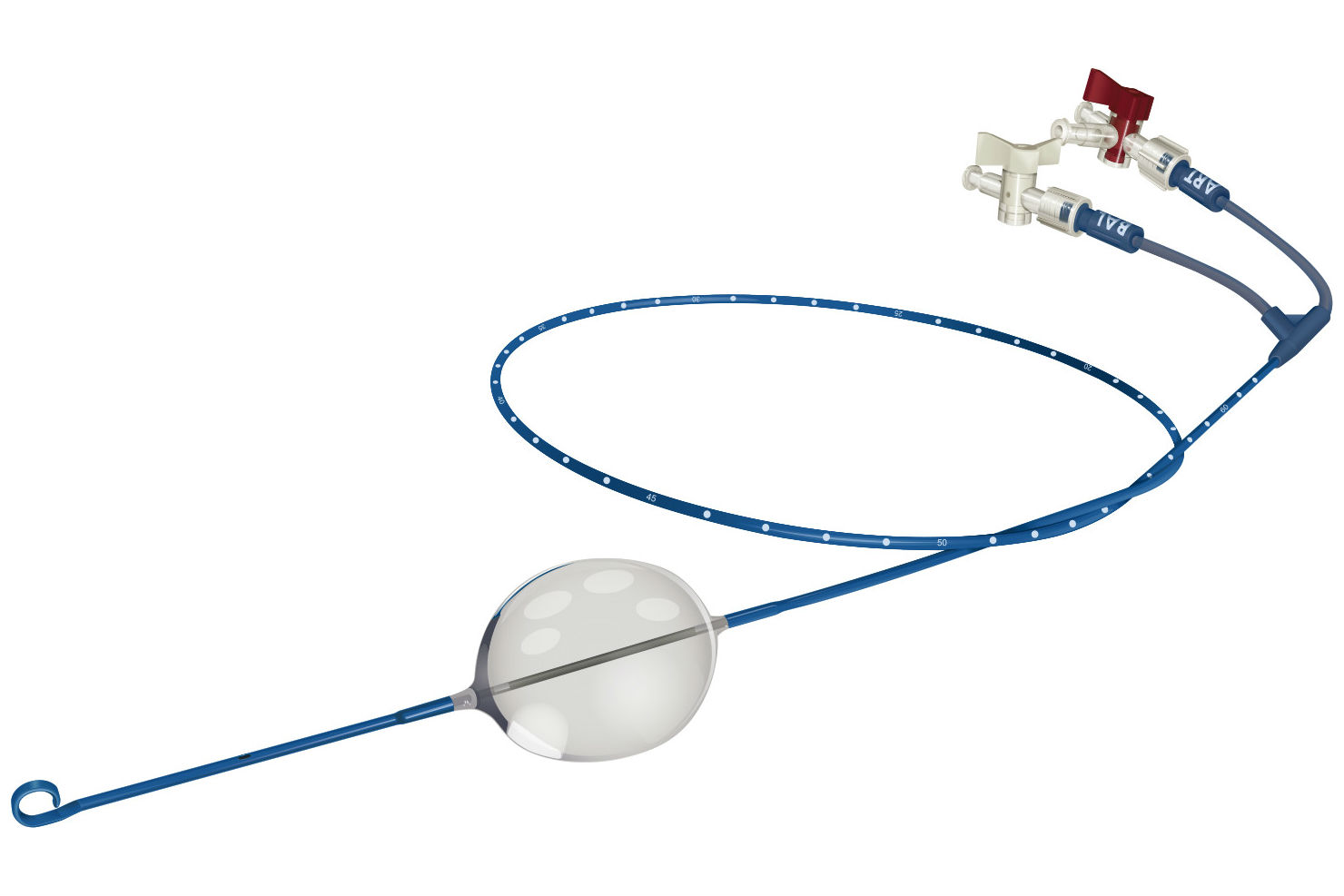When a doctor reaches for an ER-Reboa catheter, the stakes could not be higher.
Developed on the battlefields of Iraq and Afghanistan, the small balloon is designed to halt massive internal hemorrhaging in trauma patients long enough for surgeons to locate the source of the bleed and fix it. While civilian doctors have just begun using the device, it is already saving lives.
A recent report in The New York Times recounts the story of one patient, a senior in high school, who was treated with the device at NY Health & Hospitals/Bellevue. The patient had suffered severe injuries to her legs and pelvis and was bleeding internally. Transfusions were not keeping up with the blood loss. Her pulse had increased to 150 and her blood pressure had dropped to a dangerous 40/30. She was on the verge of cardiac arrest.
The doctor had never used the small, balloon device on a live patient. In fact, it had only arrived at the facility a few days before. But the patient was the perfect candidate for the catheter. So the doctor carefully slipped the device’s slender tube into her femoral artery, and then injected salt water to inflate the balloon near the tip of the tube, which blocked the aorta while keeping blood flow stabilized to her vital organs.

(Image credit: Prytime Medical)
Use of the ER-Reboa has started to spread throughout the U.S., but doctors have to undergo extensive training to handle it.
While the device gives surgeons about 30 minutes to find the source of the blood loss. Any longer and the results can be dangerous — several patients in Japan have had legs amputated after the catheter was used for too long.
The doctors who invented the device are both vascular surgeons who were deployed in Iraq when they found that tourniquets and transfusions were not keeping soldiers with serious wounds in their extremities from dying.
The device, made by Prytime Medical, was approved by the FDA in 2015.
The catheters used in the device are disposable and currently cost about $2,000 a pop. But the doctors pointed out to the NY Times that the price is relatively cheap compared to other instruments used in vascular surgery.
When it can’t help every patient suffering from severe trauma, it gives doctors a little more time in the “golden hour” after an injury when the chances of saving a life are the highest.




